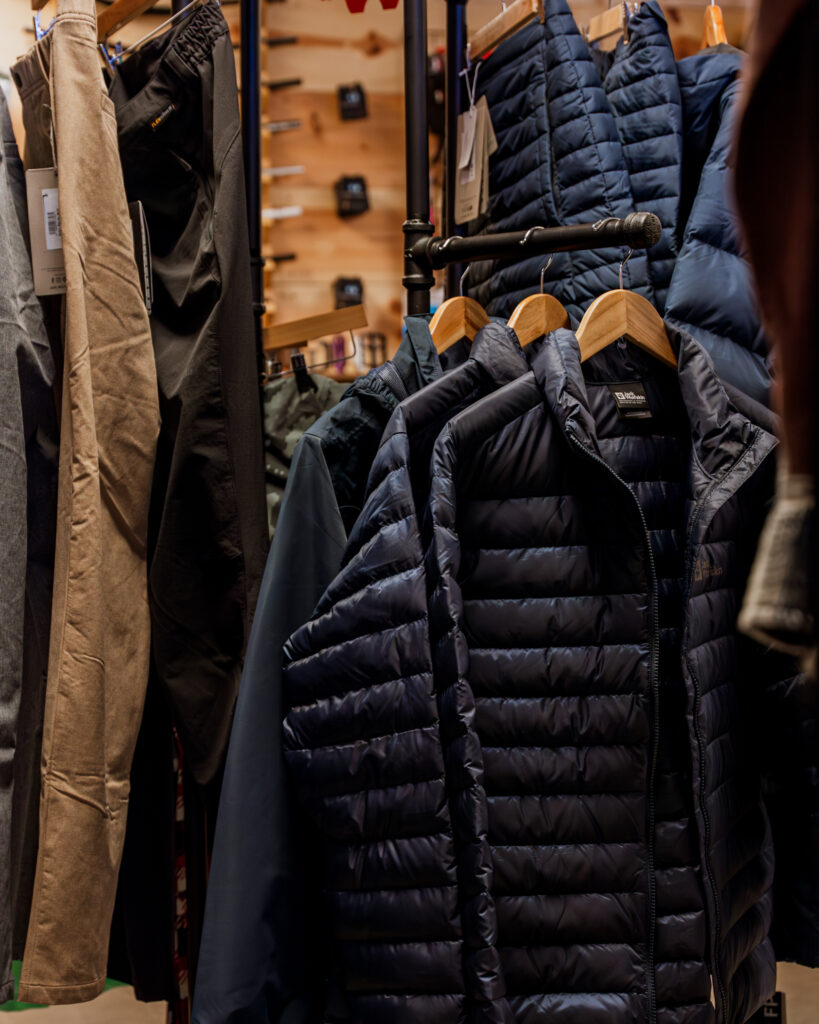
Winter doesn’t have to put a freeze on your mountain biking adventures. With the right gear, you can keep the stoke high and hit the trails at Howler Bike Park, no matter how cold it gets. Riding in winter requires a little more preparation, but with the proper gloves, jackets, and bike modifications, you can stay comfortable and keep your bike performing at its best. Here’s your essential guide to winter mountain biking gear.
Layer Up: The Right Clothing for Winter Riding
One of the biggest challenges of winter riding is staying warm without overheating. Layering is the key to regulating body temperature while keeping sweat at bay.
Base Layer: A moisture-wicking base layer is essential to keep sweat off your skin and prevent you from getting chilled. Look for merino wool or synthetic fabrics designed for outdoor activities.
Insulating Layer: A thermal mid-layer, such as a fleece or lightweight insulated jacket, helps trap heat while remaining breathable. This layer should be easy to remove if you start to overheat.
Outer Shell: A waterproof and windproof jacket protects against cold air, rain, and snow. Look for one with ventilation zippers to allow airflow while riding.
Pants and Leggings: Thermal tights or water-resistant riding pants help keep your legs warm. If trails are wet or snowy, consider wearing waterproof overpants to stay dry.
Protect Your Hands and Feet
Cold fingers and toes can end a ride early, so keeping them warm is crucial.
Gloves: Choose insulated, windproof gloves that still allow for dexterity on the handlebars. If it’s extremely cold, consider bar mitts (pogies) that attach to your handlebars for extra warmth.
Socks: Wool socks provide warmth and wick moisture away. Avoid cotton socks, as they hold onto moisture and can make your feet colder.
Winter Shoes or Covers: Clipless riders can invest in insulated winter cycling shoes, while flat pedal riders can wear waterproof hiking or winter biking shoes. Shoe covers are another great option to keep feet dry and block out cold air.
Bike Modifications for Winter Conditions
Your bike also needs a little extra attention when riding in colder temperatures.
Tires: If you expect snowy or icy conditions, consider wider tires with lower air pressure for better traction. Some riders opt for studded tires to grip ice-covered trails.
Lubrication: Cold temperatures can cause traditional chain lube to thicken. Use a wet lube designed for winter riding to prevent your chain from freezing up.
Fender Protection: Installing a front or rear fender can help keep mud, snow, and water from spraying onto you and your bike, keeping you drier and more comfortable.
Lights: With shorter days, visibility is crucial. Equip your bike with a bright front light and a rear blinking light to ensure you can see and be seen in low-light conditions.
Final Tips for Winter Riding
-
Stay Hydrated: Even in the cold, dehydration can be a problem. Insulated water bottles or hydration packs with insulated hoses can prevent your drink from freezing.
-
Pack an Extra Layer: Weather can change quickly, so carrying an extra pair of gloves or a lightweight down jacket in your pack can be a lifesaver.
-
Check Trail Conditions: Before heading out, check the weather and Howler Bike Park’s trail conditions to ensure a safe and enjoyable ride.
Winter riding at Howler Bike Park can be just as thrilling as summer sessions—if you’re properly prepared. With the right gear, you’ll be shredding trails all season long while staying warm and comfortable. See you out there! 🚵♂️🔥
